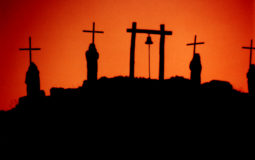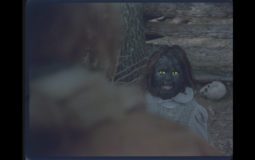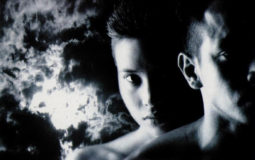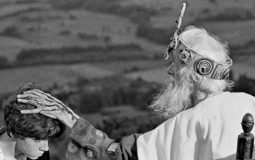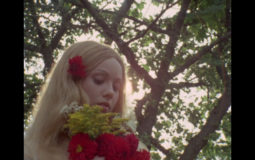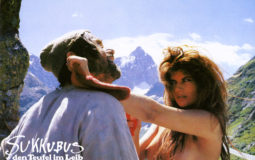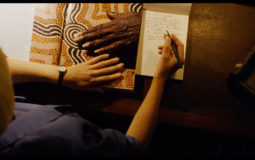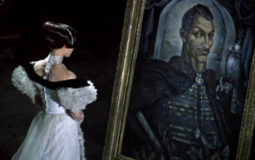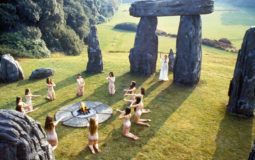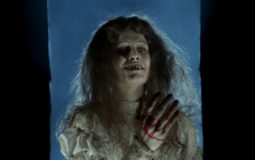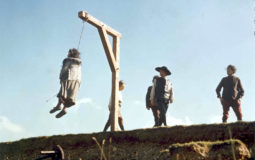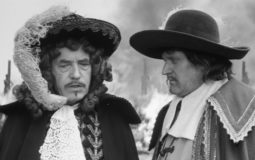CURATED BY
Kier-La Janisse
Like many, my own folk horror journey began with The Wicker Man. A teenage obsession—I was convinced Summerisle and its pagan population were real—led to a pilgrimage years later to find the Harbor Master’s boat, rumored to be tucked away in a shed in the highlands of Scotland, in the palm tree-lined village of Plockton, where the harbor scenes were filmed. I found the boat and had my moment with her. I was lucky; she was lost in a storm sometime after.
Land, location, and geography all play such a key role in the unique confluence of ideas that constitute what is popularly called “folk horror,” these locations where the films are set or staged—and where their core ideas sometimes spring from—become part of a larger psychical pathway that connects seekers and cinephiles to the films they love. More often than not these places are separate from complex urban societies, tucked away in the rural, in insular hamlets and villages. Places where the pull of the old ways can still be felt.
Summerisle may not be real, but the land all around us, wherever we are, holds memories and stories that will outlast us, stories that we ourselves will become a part of. Someday we might be that boogeyman that forms the basis of the campfire tales and late-night admonitions. These stories urge us to define what we believe. And folk horror trades in belief; a tension between opposing faiths and value systems is at the heart of much that falls within its permeable boundaries.
“Awareness of preternatural evil, unique to the human species, enables a person to see and live in phantasmagorical worlds of witches, ghosts and monsters,” says geographer Yi-Fu Tuan in his pioneering 1979 book Landscapes of Fear. Tuan maintains that all human constructs—including legends, fairy tales and cosmological myths—exist to contain the chaos we fear from the natural world. But further to this are the remnants of our own evils: cultures displaced by invasion, ghosts left by blood our ancestors have spilt, and “the horror we bring in with us,” as filmmaker Dennis Widmyer says in Woodlands Dark and Days Bewitched. But folk horror has a flip-side, one in which voice is given to the marginalized and forgotten. Sometimes the horrifying, the barbaric, and the backward are means of resistance, resilience, and transcendence from another perspective. It all depends on who gets to tell the story.

